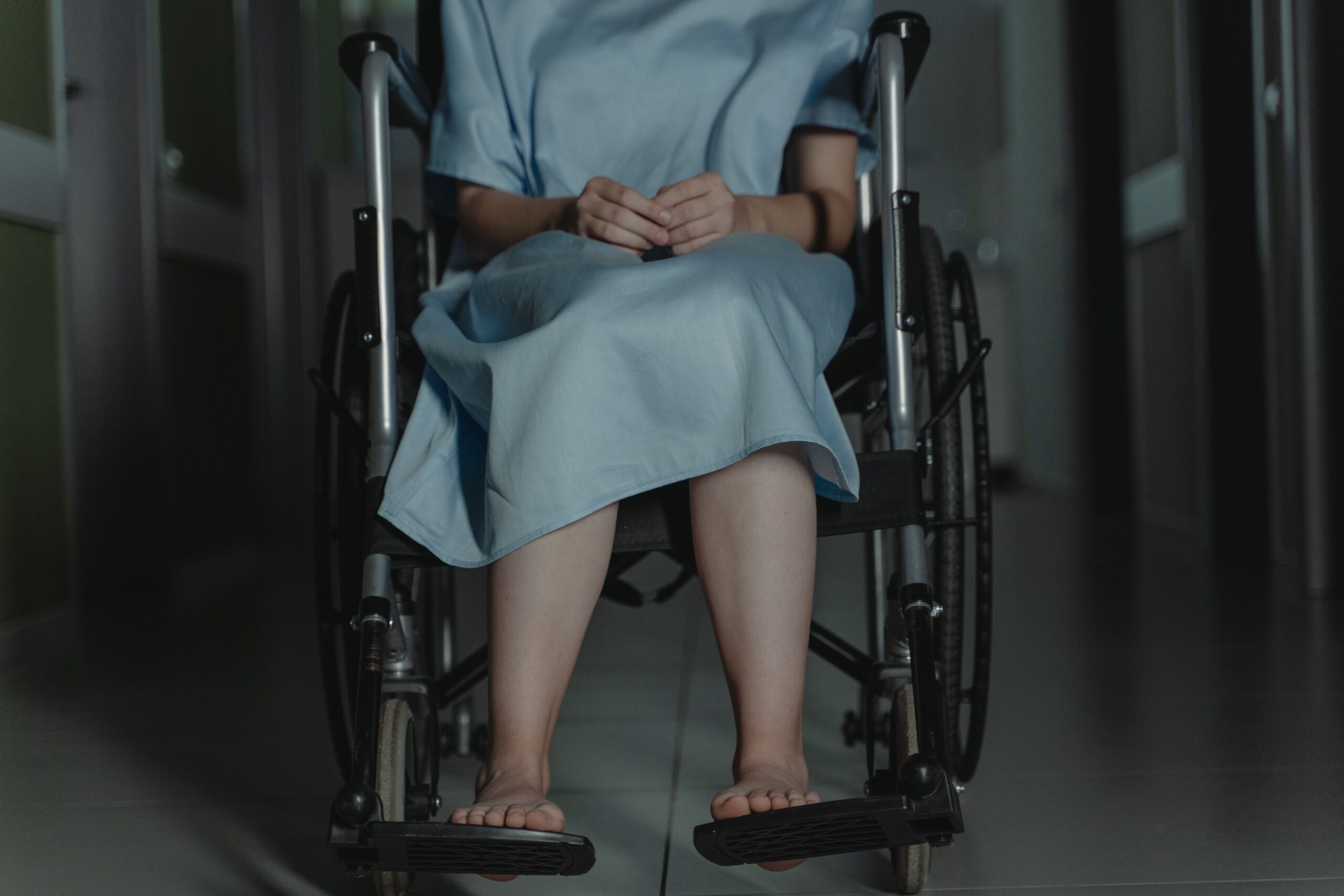
Free Consultation(203) 447-0000

Free Consultation(203) 447-0000

The leading cause of cancer death in the United States is lung cancer. It is estimated that more than 20% of all cancer deaths that will occur in this country in 2023 will be from lung and bronchus cancer. The key to combating this devastating and often deadly form of cancer is ensuring diagnosis occurs at early stages using low-dose computed tomography (CT).
At the 2022 annual meeting of the Radiological Society of North America, a large-scale international study presented by researchers at Mount Sinai Hospital revealed that diagnosing early-stage lung cancer with low-dose CT screening drastically improves the survival rate of cancer patients over a 20-year period. The study demonstrated that patients diagnosed with lung cancer at an early stage via CT screening have a 20-year survival rate of 80%. Nevertheless, just 16% of lung cancers are currently diagnosed at an early stage, and as such, more than half of people with lung cancer die within one year of being diagnosed. The implications of this study and others like it are clear: it is essential to implement routine and early lung cancer screenings because it is often too late by the time symptoms appear.
Shockingly, less than 6% of people in the U.S. who are eligible for lung cancer screening receive it. In some states, this figure is as low as 1% of people. The American Lung Association (ALA) reports that 14.2 million people are eligible for lung cancer screening because they fall under the following criteria: 50-80 years of age with a 20 pack-year history (for example, 1 pack per day for 20 years or 2 packs per day for 10 years) and currently smoking or having quit within the last 15 years.
There are numerous reasons why people who are eligible for lung cancer screening are failing to receive it. The key barrier may be a lack of awareness among both the public and their physicians regarding who should be screened for lung cancer. In addition, there are racial disparities that must be addressed, as people of color are less likely than white people to receive an early lung cancer diagnosis and often have a lower survival rate from lung cancer than white people. Furthermore, State Medicaid programs are not required to cover lung cancer screening for the traditional Medicaid population, and if screening is covered, Medicaid programs may use different eligibility criteria, require prior authorization, or charge individuals for their scans.
A 2022 article published in the Scientific American explains that although the existing guidelines from the U.S. Preventative Services Task Force (USPSTF) were updated in 2021 to significantly increase the number of people eligible for lung cancer screening, even these updated guidelines are believed to be too stringent. Douglas Wood, M.D., a physician who has served as chair of the department of surgery at the University of Washington and chair of the National Comprehensive Cancer Network’s Lung Cancer Screening Panel, explained that the guidelines are excessively strict. Dr. Wood clarified that the age maximum is arbitrary, as there is “no evidence that once you turn 80, the harms outweigh the benefits” and this overrides what should be a decision made between patients and providers. Dr. Wood also takes issue with the guidelines that provide it is unnecessary to screen people once 15 years have passed since they stopped smoking, as the risk from smoking does not follow such a strict time cutoff.
Distressingly, the USPSTF’s eligibility criteria leave out many people. In fact, a 2022 article in the Journal of the American Medical Association Oncology reveals that 35% of all patients with lung cancer would be ineligible for screening under the current guidelines. Moreover, Black Americans, Hispanic Americans, and women experience significant disparities in lung cancer screening eligibility because of their lower rates of cigarette use. For instance, 66% of Black women with lung cancer would be ineligible for screening under the current guidelines. Claudia Henschke, Ph.D., M.D., a professor of radiology and director of the Early Lung and Cardiac Action Program at the Icahn School of Medicine at Mount Sinai in New York, asserts that research needs to be performed to investigate the ability to expand who may be eligible to be screened given the increase in nonsmoking lung cancer patients whose cancer is largely found in later stages. Dr. Henschke has opened Mount Sinai’s lung cancer screening program to anyone at risk of lung cancer age 40 or older, regardless of smoking history.
If you or a loved one were not timely diagnosed with lung cancer, you should reach out to an attorney right away. Contact the experienced attorneys at Berkowitz and Hanna, LLC if you have any questions about your legal rights regarding this concern. To schedule a free, no-obligation consultation, call or contact us online today.
Berkowitz Hanna
